Nuclear Dynamics
The concept of nuclear molecular dynamics (MD) can be systematically derived from the fully coupled electron-nuclei Schrödinger equation via a set of approximations. The central (Born-Oppenheimer) approximation is that nuclear and electronic dynamics can be decoupled due to their significantly different timescales. The electrons, whose dynamics is not of interest here, are then treated either implicitly (force field) or explicitly on-the-fly with some quantum chemistry method which is usually chosen as a compromise between accuracy and efficiency. Nuclei are then moving on electronic potential energy surface(s) and their treatment can vary from numerically exact quantum (path-integral or wave packet propagation) dynamics to very approximate but extraordinary robust fully classical MD. Various semi- and quasi-classical MD methods fill the gap between the aforementioned extreme treatments. Practically, MD provides a handy tool to zoom on the peculiarities of the molecular processes and connect to various spectroscopies and laser control scenarios.
| Laser Control | Imaginary time Path-integral techniques |
|---|---|
 |
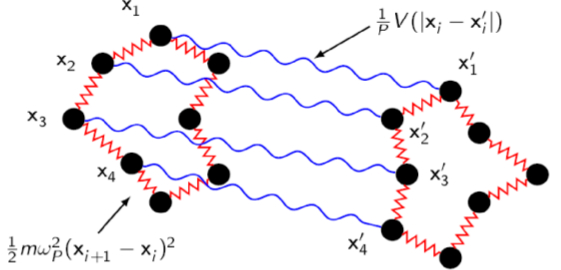 |
| Classical MD and (non-)linear spectroscopy | Nuclear effects in X-ray spectroscopy |
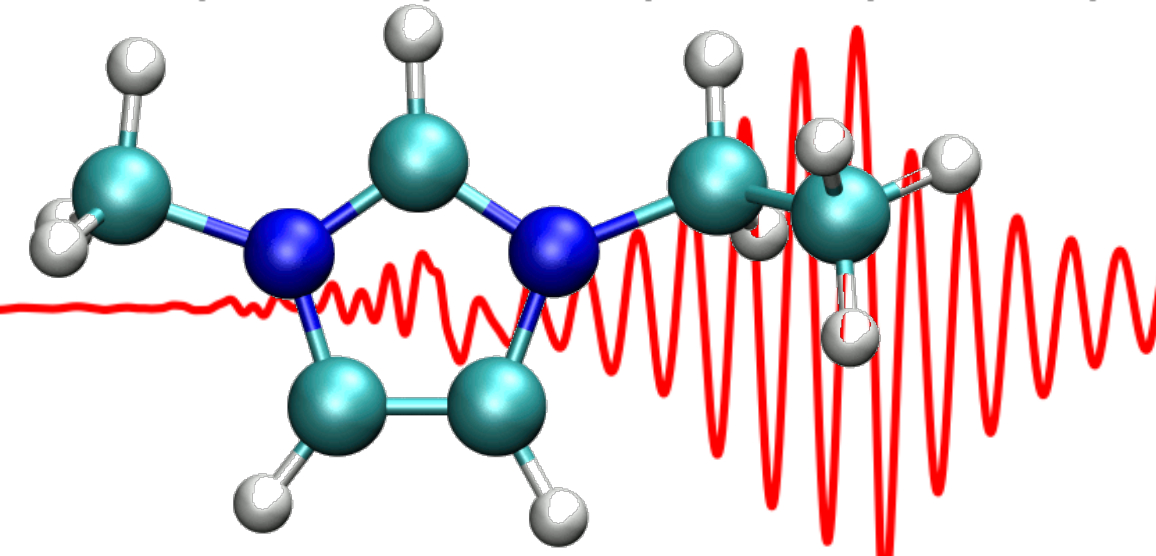 |
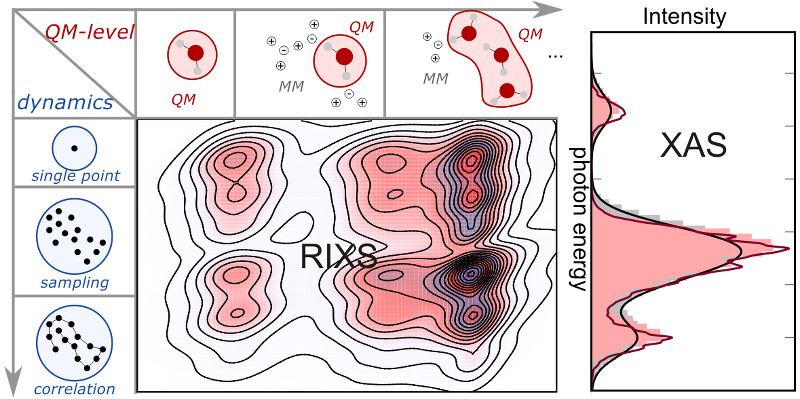 |
| Generalized Langevin dynamics | Free energy methods |
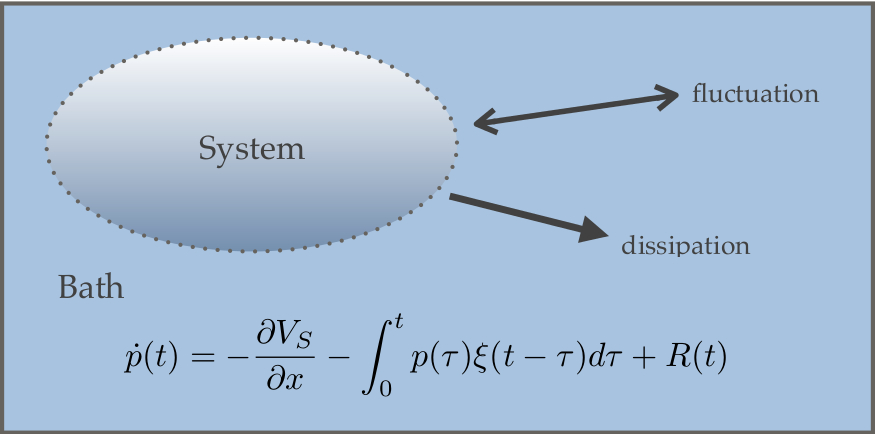 |
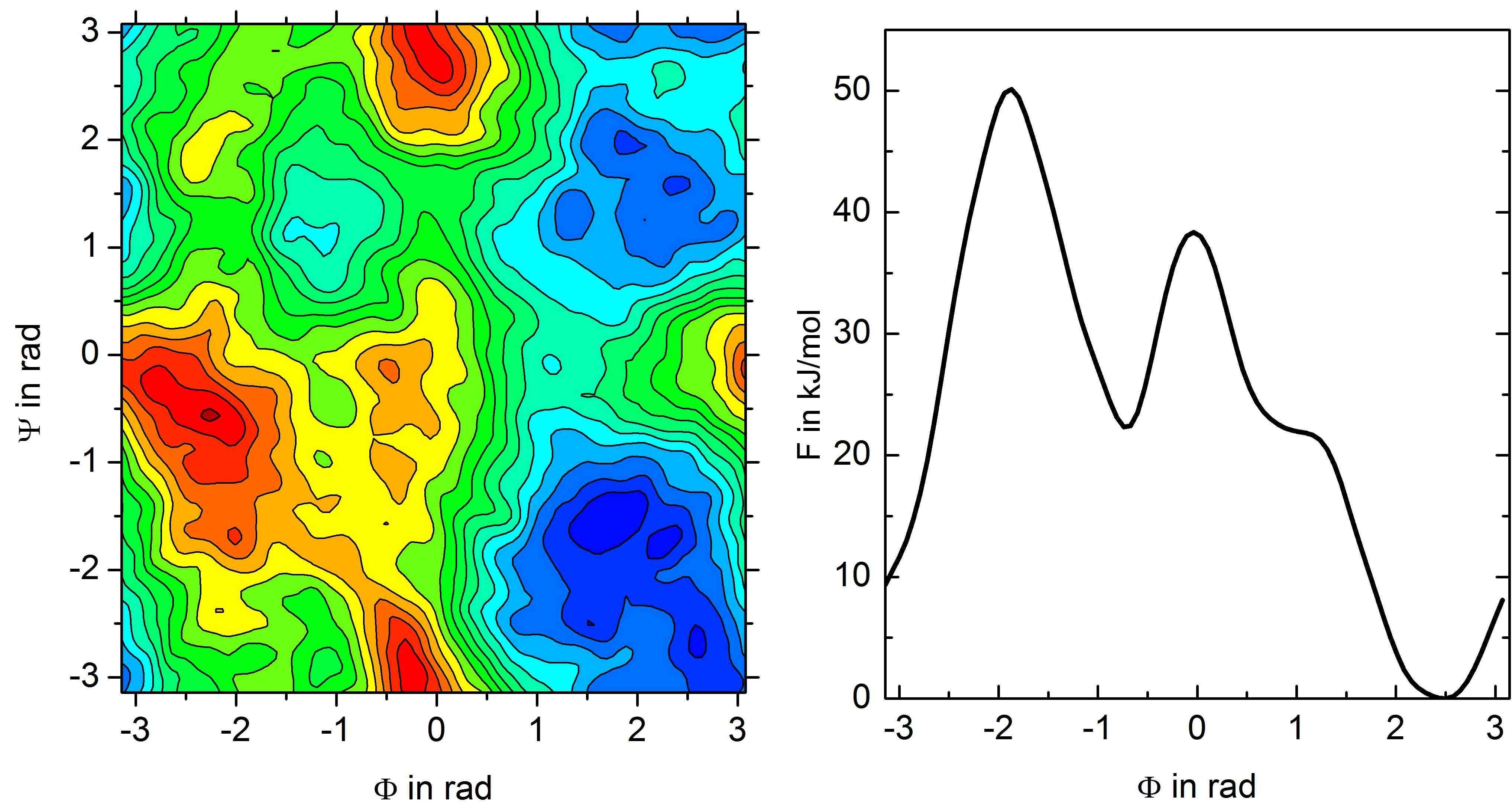 |